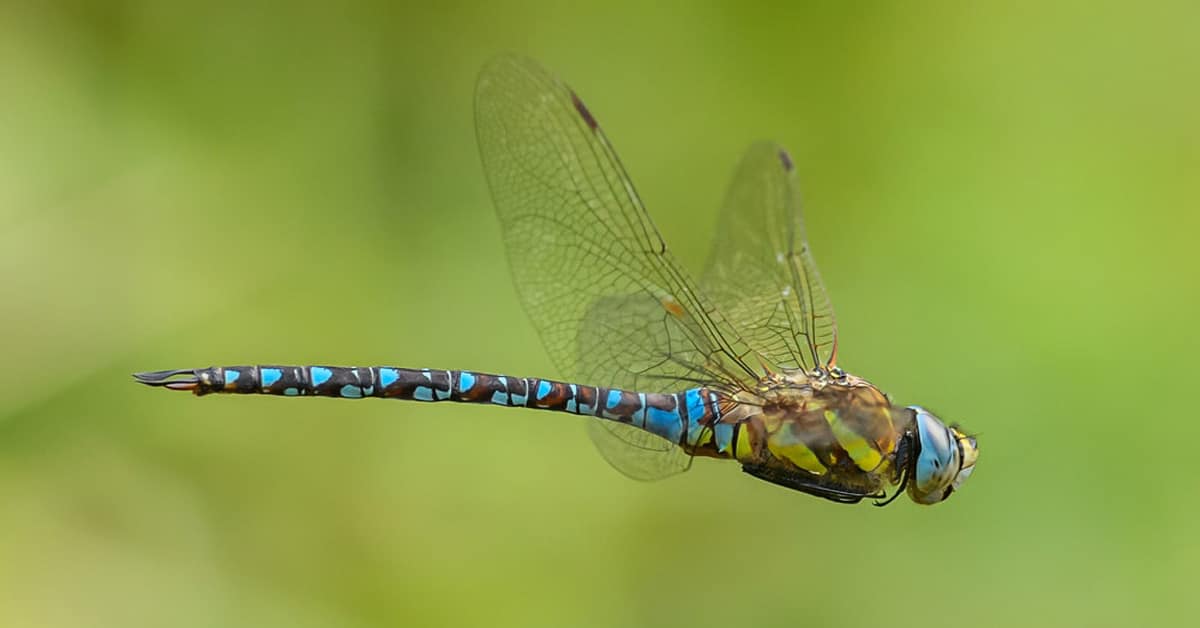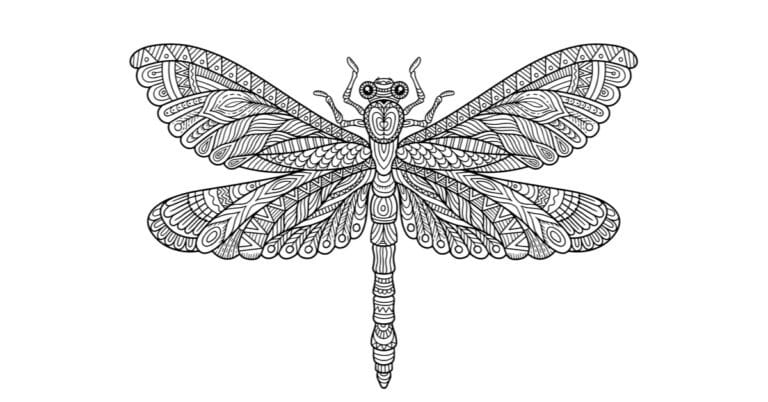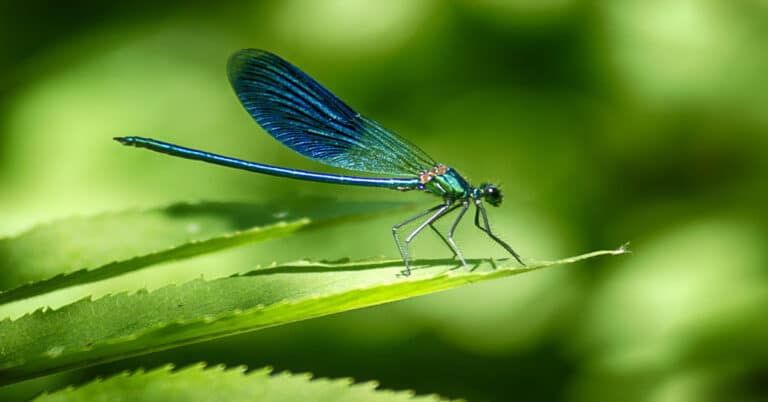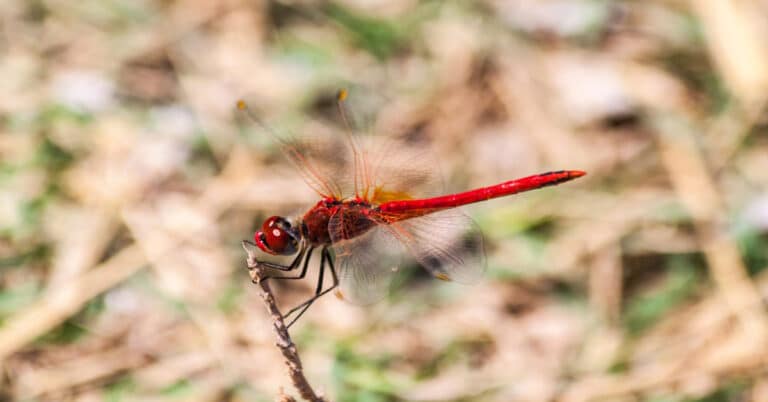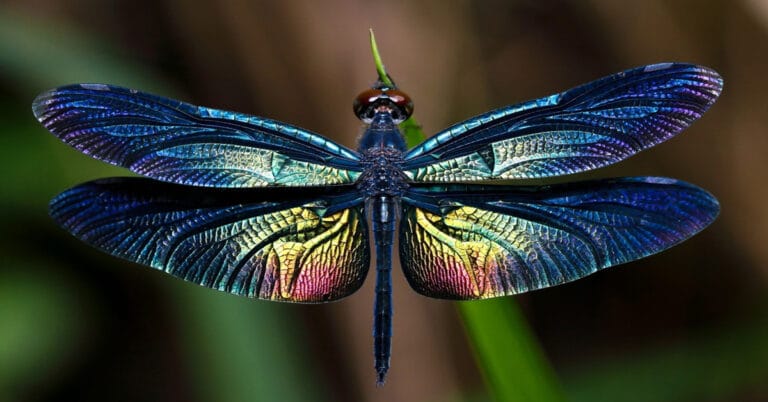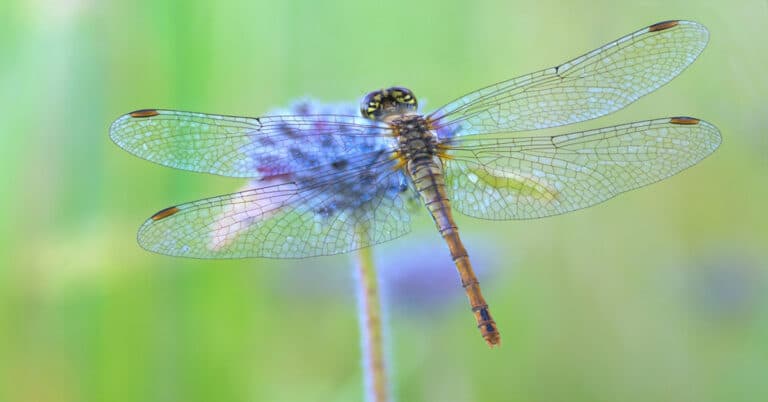Do Dragonflies Bite?
Scientific Classification
| Kingdom: | Animalia |
| Phylum: | Arthropoda |
| Class: | Insecta |
| Order: | Odonata |
| Suborder: | Anisoptera |
Insects are actually arthropods that belong to the Insecta class. The adult stage of an insect is characterized by a segmented body of three parts, namely the head, abdomen, and thorax. They also possess a hard exoskeleton and 6 joined legs. This group in the animal kingdom has the numerous and most diverse class of species that are categorized into wasps, lice, ants, praying mantis, grasshoppers, dragonflies, true bugs, fleas, flies, bees, butterflies, beetles, and moths. The total species are counted to be around 6 to 10 million, and out of it, only 1 million species have been described till now. Insects account for more than 50% of the known living beings present on the earth and represent around 90% of the diverse life forms on this planet. Hence insects in human surroundings are unavoidable. The diversity in the species is also seen in their biting or stinging nature. Some insect bites or stings can be severe, whereas some may be barely felt, and some can also turn life-threatening and poisonous.
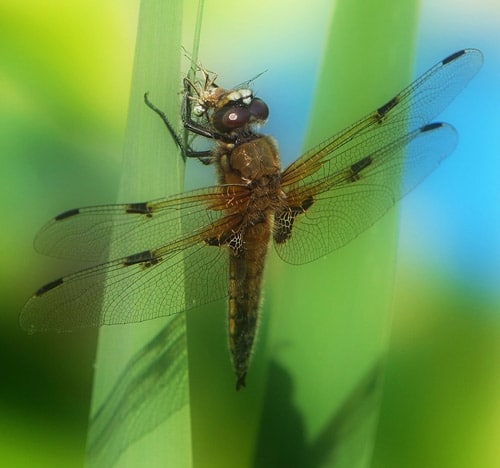
Many people confuse between an insect sting and bite. They use these two terms interchangeably. An insect bite is caused from its mouthparts, when it tries to feed or defend itself to escape from the clutches of human hands. The bites of fleas, bed bugs, mosquitoes and mites cause more itching instead of pain, whereas there are many insect bites with stings that cause severe pain.
The stinging is caused when the insect has a stinging organ or apparatus of defense or offense, especially when linked with a venom gland. This stinging organ has the ability to pierce into the skin and create a wound, similar to the sting created by a scorpion. This organ is usually located at the posterior side of the insect. The insects with a stinger that creates sting with a bite are bees, hornets, scorpions and wasps.
Dragonfly
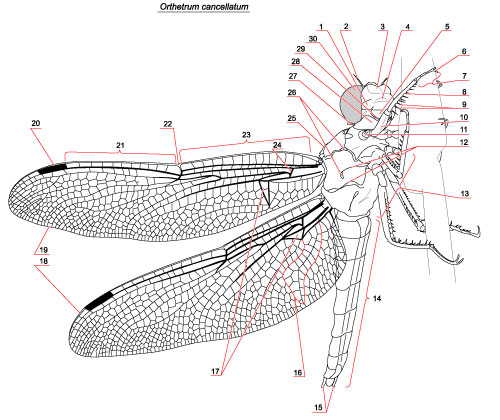
1: Clypeus, 2: Antenna, 3,4 Frons, 5: Labrum, 6: Claw, 7: Tarsus 8: Tibia, 9: Spines, 10: Femur, 11: Coxa, 12: Sutures, 13: Thorax, 14: Abdomen, 15: Appendages (claspers), 16: Anal loop, 17: Triangles, 18: Rear wing, 19: Front wing, 20: Pterostigma, 21: Postnodal cross-veins, 22 : Node, 23: Antenodal cross-veins, 24: Arculus, 27: Prothorax, 28: Labium, 29: Mandibles, 30: Compound eye
A dragonfly is a flying insect with long and slender body, very transparent and strong wings, brilliant colors, spectacular flying ability and a unique behavior. It belongs to the Odonata Order, and hence, also referred as Odonate. This word ‘Odonate’ is derived from the Greek word that has the meaning ‘tooth’. It is because; this creature has a strong mouth part for catching and chewing the prey, known as mandibles. It is a most common insect found in the surroundings and have metallic or iridescent colors that make them conspicuous during the flight.
Biting
Dragonflies do not have teeth, but the mandibles help them to bite and chew. This method is used for feeding on insects. Though the dragonflies look so fragile and small, they are considered as voracious eaters and brutal killers because; they will eat any animal that can be caught by their mandibles. Usually this mandibles rest under their body when idle, but thrust out soon as they see any insect passing by. Similarly, they do bite the human beings, but only if they feel threatened. If you pick a dragonfly and hold it in your hand in a careless way, such that its mouth part is near to your skin, then there are chances of biting. But most of the species of dragonfly are not capable of causing an injury or breaking the surface of the skin. Very rare and large species may create injury by biting and sometimes may cause some pain. But none of these species are considered poisonous. Even the biting tendency is actually created when we try to provoke them or harm them, otherwise they do not spontaneously bite human beings as soon as they see us. It can be considered as a natural tendency of a living thing to self defense when exposed to potential threats. Hence this behavior can be justified, and the dragonflies cannot be considered as a biting or harmful insect.
Unique Behavior
These dragonflies seem to be very curious in nature, and are sometimes seen hovering around us. It creates a wrong impression, as if it is inspecting someone. Though they do not trouble or harm anybody, they are still considered as a menace creature due to this behavior.
Stinging
The Dragonflies do not sting. Their ferocious appearance frightens many people, and they consider this dragonfly to be a harmful creature. But in reality, the dragonflies are harmless insects that do not attack human beings, and is often misunderstood by the people. It has a slender and elongated shaped abdomen, and at the end part, there is a clasping organ that looks like a stinging organ. Other than that, when you hold this creature, it curves the long tail part situated near the abdomen, giving the impression that it is ready to sting your skin, which adds to the already present misconception. But actually, it is just the reverse reaction of holding them. It cannot sting, as they do not possess stingers.
Myths
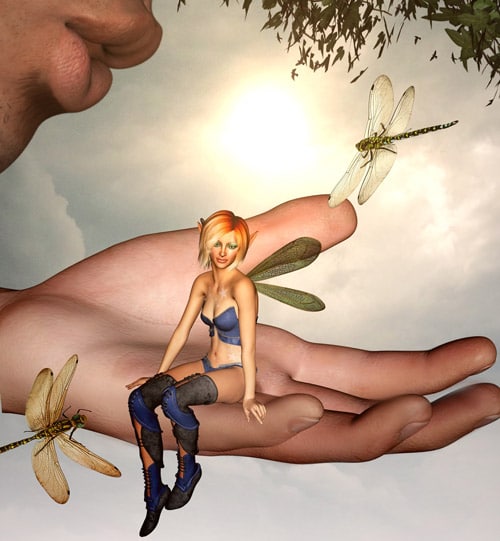
The dragonflies have been related to many myths in several countries that have led to many nicknames to this creature. The legends and superstitions related to this creature are different in different countries in the world. In many cultures, dragonflies are considered both as a symbol of good as well as the devil. Some of the nicknames are ’Devil’s Darning Needle’, Eye Pokers, Snake Doctor, ‘Horse-Stingers’, Eye Snatchers and Water Witch. They may have got the name ‘Horse Stinger’ by a misunderstanding that the dragonflies hover around the horses and in return, the horses were stamping and kicking as if bitten by the dragonflies. But in reality, the dragonflies may be helping the horse by eating the parasites and small insects on the horseback that were actually harassing them. The other name ‘Devil’s Darning Needle’ is again evolved from a superstition or a myth that the dragonflies would come to sew the lips, eyes and ears together of the children who lie or the adults who scold or curse.
Recent development in science and research proved that these superstitions are wrong. Now, people know that those unnerving myths were mere misunderstandings, evolved due to ignorance. In those times, when these myths were believed, the native people were mostly uneducated and ignorant, and the horrible appearance of the dragonflies did little to assuage their impressions. Their look was so horrific that the people assumed they could bite and sting. The possibility is that the old legends and myths were actually made to prevent people from touching or getting near the dragonflies. Anyways, the fact is the dragonflies do not bite, sting or cause any harm to human beings. But still, take extreme care while handling them, and if at all they bite, it can be considered as a natural tendency of a living creature to react defensively.

Having discovered a fondness for insects while pursuing her degree in Biology, Randi Jones was quite bugged to know that people usually dismissed these little creatures as “creepy-crawlies”.

